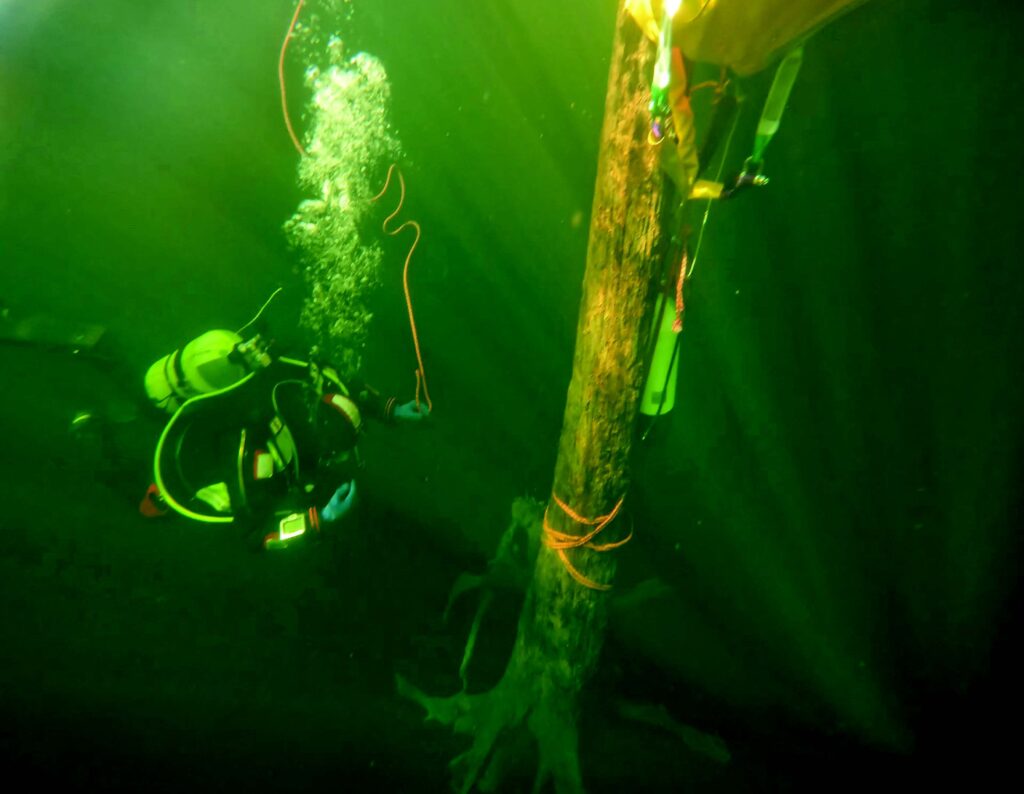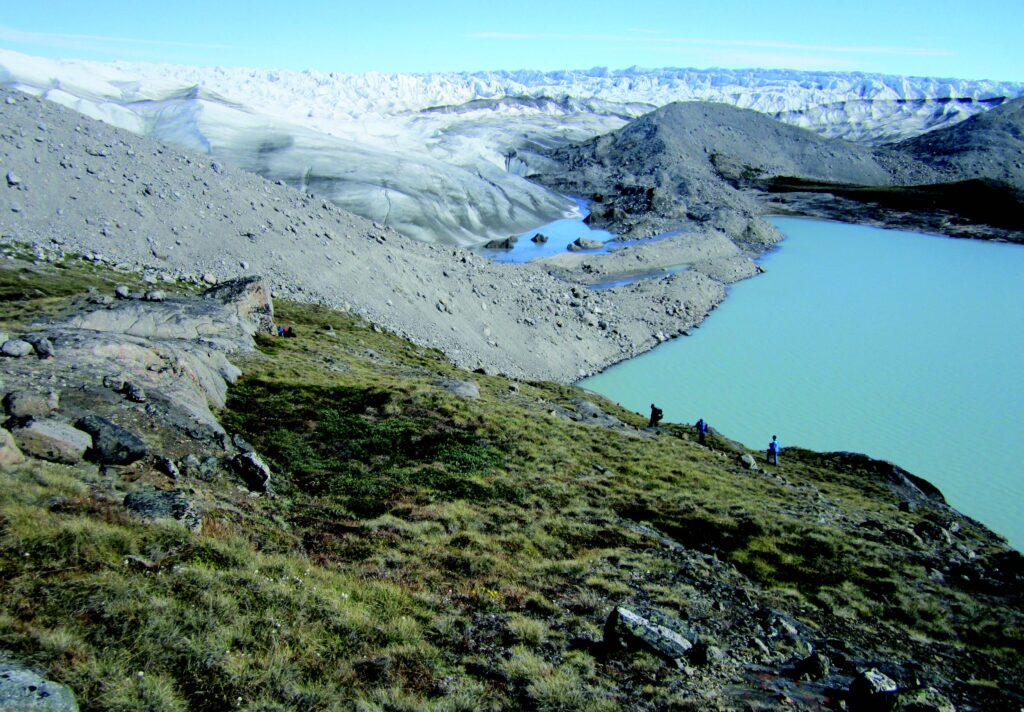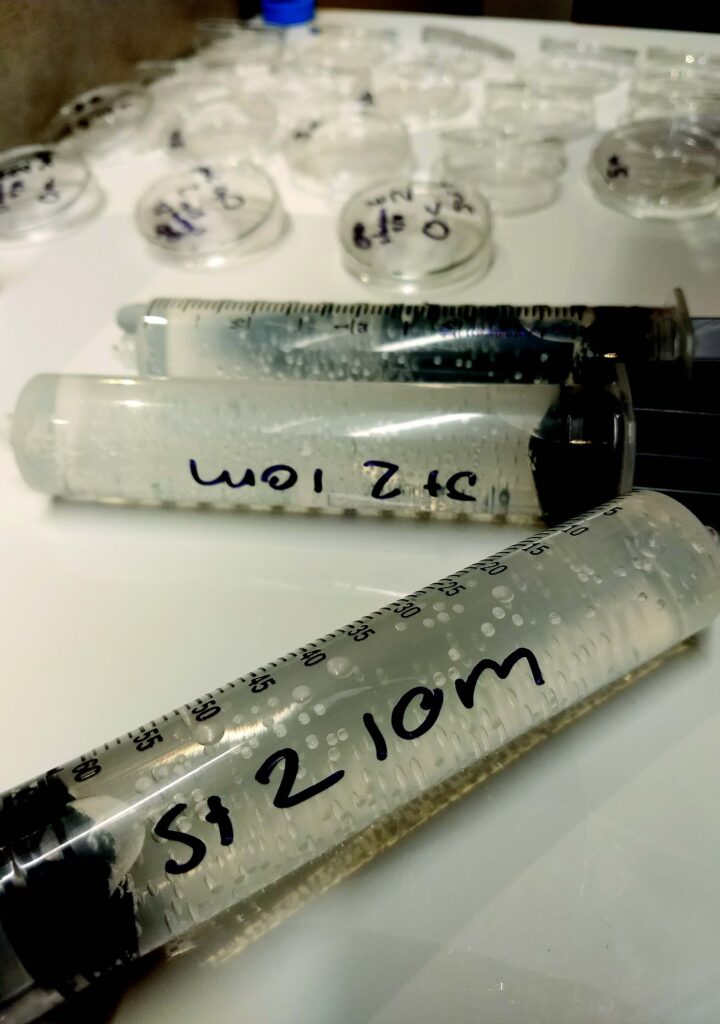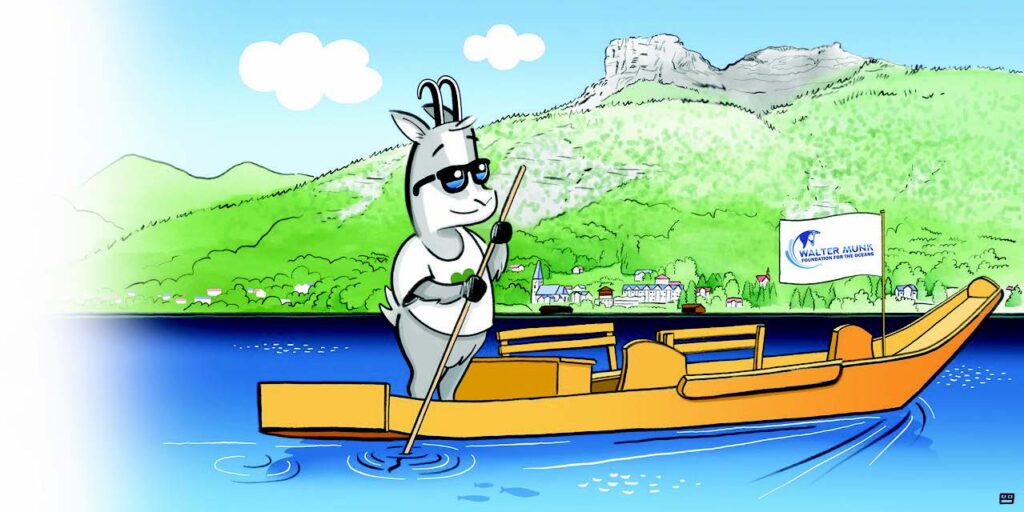
Augusti
Read MoreLorem ipsum dolor sit amet, consectetur adipiscing elit. Ut elit tellus, luctus nec ullamcorper mattis, pulvinar dapibus leo.
1940s

Served in the U.S. Army Field Artillery and Ski Troops in WWII;
researched anti-submarine warfare for the Navy; developed wave
forecasting methods with Harold Sverdrup critical to supporting
the first successful Allied offensive in Oran, Northwest Africa,
the Pacific Theater of War, and D-Day landings. Received his PhD
from Scripps Institution of Oceanography, UCLA (1947).
1950s
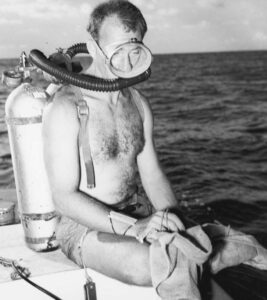
Observed hydrogen bomb test, Ivy Mike, at Eniwetok Atoll from a 3’ x 3’ raft, recording bottom pressure
for a possible tsunami (1951); learned to scuba dive shortly after it was invented, while spending nine
months at sea on Operation Capricorn; initiated pioneering research on the irregularities in the earth’s
rotation, long waves, and tides; proposed idea for Project Mohole to drill through the earth’s crust;
calculated how plankton absorb nutrients from the sea by means of diffusive processes; began
training the next generation of geophysicists; elected to the National Academy of Sciences (1957).
1960s

Founded the Institute of Geophysics and Planetary Physics at Scripps Institution of Oceanography;
Founding Father of the University of California, San Diego; participated in Project Mohole that resulted
in development of “dynamic positioning” for drilling vessels using acoustic bottom transponders;
expedition documentary, “Waves Across the Pacific;” tracking storm driven waves from Antarctica
across the Pacific Ocean to Alaska, using the Floating Instrument Platform (FLIP) and enabling surf
predictions, dubbed “Father of Surf Forecasting;” used tide capsules to measure deep-sea tides before
such measurements became feasible by satellite; pioneered use of power spectra in describing wave
behavior; named California Scientist of the Year (1969).
1970s
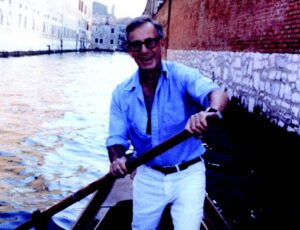
Conducted seminal research on the ocean interior, including the classical description of internal wave
processes; pioneered the development of acoustic tomography (sound in the ocean) to study large
scale ocean properties; contributed expertise when idea of flood-limiting Venice Gates project began;
elected to the Royal Society of London (1976); developed the Garrett-Munk Spectrum, a universal model
still in use today.
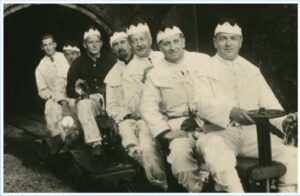

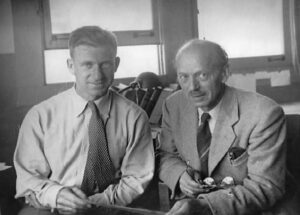




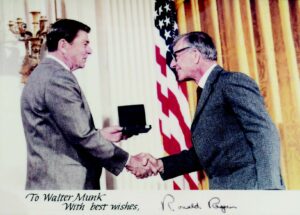
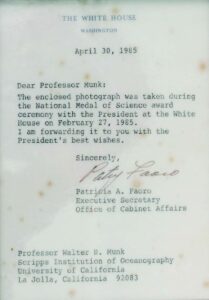
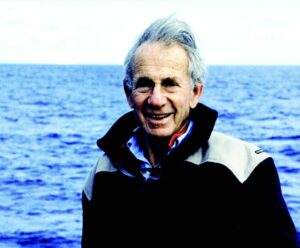
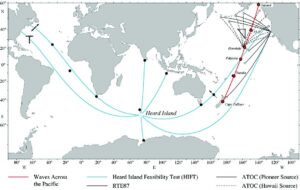

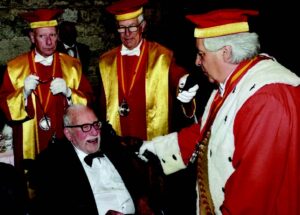
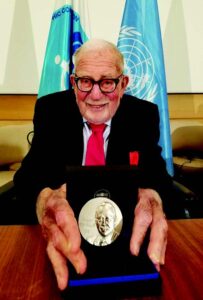



Lorem ipsum dolor sit amet, consectetur adipisicing elit. Optio, neque qui velit. Magni dolorum quidem ipsam eligendi, totam, facilis laudantium cum accusamus ullam voluptatibus commodi numquam, error, est. Ea, consequatur.


Lorem ipsum dolor sit amet, consectetur adipisicing elit. Optio, neque qui velit. Magni dolorum quidem ipsam eligendi, totam, facilis laudantium cum accusamus ullam voluptatibus commodi numquam, error, est. Ea, consequatur.


Lorem ipsum dolor sit amet, consectetur adipisicing elit. Optio, neque qui velit. Magni dolorum quidem ipsam eligendi, totam, facilis laudantium cum accusamus ullam voluptatibus commodi numquam, error, est. Ea, consequatur.



